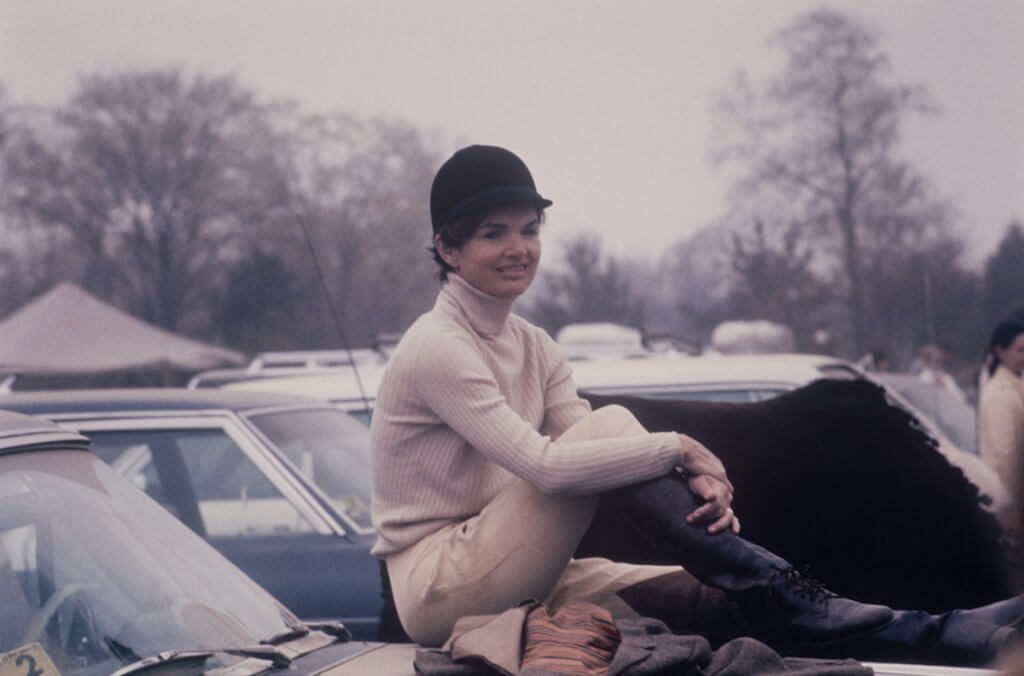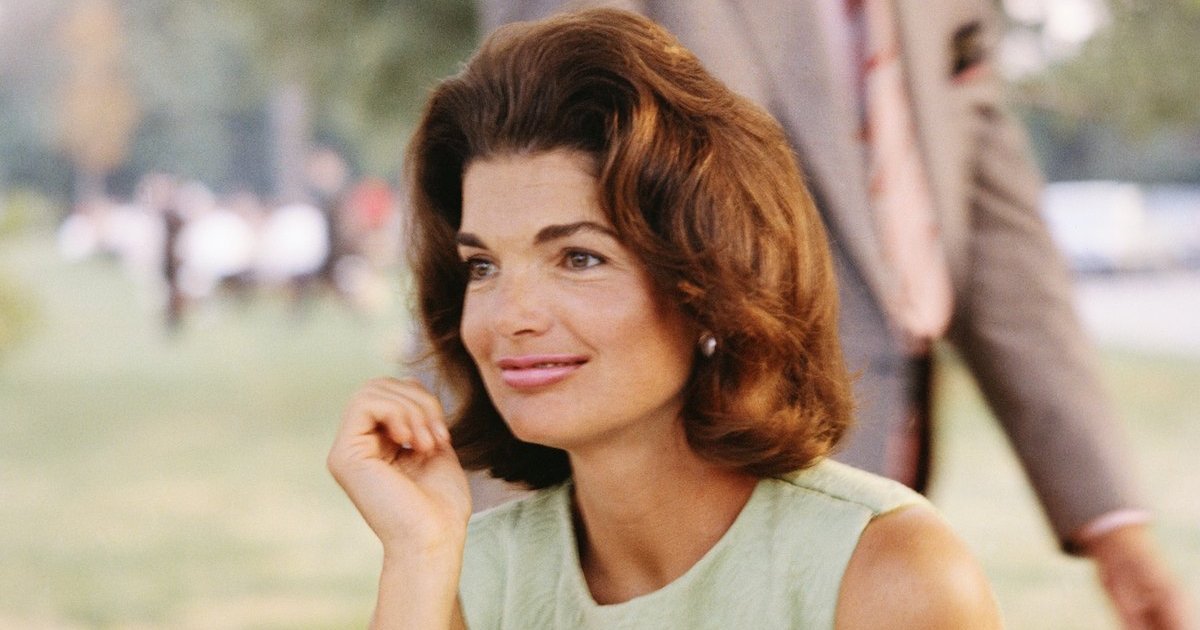Remembering First Lady Jackie Kennedy
- Stylish First Lady Jackie Kennedy passed away 27 years ago after a battle with non-Hodgkin lymphoma. She received chemotherapy treatments before her passing.
- Lymphoma is a type of blood cancer that is broken up into two separate categories: Hodgkin lymphoma and non-Hodgkin lymphoma. The main difference between the two is that Hodgkin lymphoma has distinctive, giant cells called Reed-Sternberg cells.
- Chemotherapy is an extremely important step in the treatment process for non-Hodgkin lymphoma, but new discoveries have made this treatment even more effective. This treatment is called R-CHOP, a type of chemotherapy cocktail.
Married to John F. Kennedy, the 35th president of the United States, Jackie was noted for her work restoring the White House to its original elegance and for establishing the White House Historical Association. Following President Kennedy’s assassination in November 1963, the world watched as a grief-stricken but dignified Jackie Kennedy remembered and mourned her husband. Their children, Caroline and John Jr., were just 5 and 3 at the time. Kennedy later married Aristotle Onassis, who was one of the wealthiest men in the world.
Read More
What is Non-Hodgkin Lymphoma?
Lymphoma is a type of blood cancer that is broken up into two separate categories: Hodgkin lymphoma and non-Hodgkin lymphoma. The main difference between the two is that Hodgkin lymphoma has distinctive, giant cells called Reed-Sternberg cells. The presence of these cells, which can be seen under a microscope, will help your doctor determine which of the two lymphoma types you have. So, if these cells are not present then that points to non-Hodgkin Lymphoma.
Non-Hodgkin lymphoma is more common, and people are more likely to be diagnosed with it after age 55. The disease is more likely to spread in a random fashion and be found in different groups of lymph nodes in the body. This was the case for Kennedy, who had swollen lymph nodes in her groin and neck at the beginning.
Related: The Grades of Non-Hodgkin Lymphoma
What makes this cancer even more complex is that non-Hodgkin lymphoma has two subtypes: B-cell or T-cell lymphoma (two infection fighting cells). About 85% of people diagnosed with non-Hodgkin lymphoma will have B-cell lymphoma. These cells produce antibodies proteins that react to foreign substances like viruses or bacteria in your body. The antibodies attach to another protein on the surface of the invading cells, called an antigen, to target and destroy them.
Dr. Elise Chong breaks down the different categories of lymphoma
Non-Hodgkin Lymphoma: Chemotherapy
When it comes to treating non-Hodgkin lymphoma, a lot of the options depend on whether you have B-cell or T-cell lymphoma. However, no matter your subgroup, there are different types of treatments to consider when facing this diagnosis. Chemotherapy treatment has come a long way in the treatment of non-Hodgkin lymphoma thanks to a chemotherapy cocktail that is helping people tremendously.
R-CHOP
Chemotherapy is an extremely important step in the treatment process for non-Hodgkin lymphoma, but new discoveries have made this treatment even more effective. One of the most effective regimens available for aggressive B-cell lymphoma in non-Hodgkin is a drug combination called R-CHOP. This is a combination of chemotherapy drugs, which aims to destroy the target tumor DNA while simultaneously reducing inflammation.
The R stands for rituximab (Rituxan). It's a type of antibody therapy. Antibodies are special proteins that seek out cancer cells in your body. Rituxan targets a protein called CD20 on the surface of cancerous white blood cells called B-cells. Once it attaches to CD20, this drug alerts your immune system to go after the cancer, or it destroys the cancer itself. The CHO in CHOP stands for three chemotherapy drugs cyclophosphamide (C), doxorubicin hydrochloride (H), and vincristine (Oncovin O). The final drug is the steroid, prednisone, which helps to bring down inflammation throughout your body.
Related: Fever and Other Side Effects to Watch for After R-CHOP Treatment
Of course, like any treatment, R-CHOP does come with its own side-effects. These can include weight loss, nausea, hair loss, fatigue and increased risk of infection.
Dr. Adrienne Phillips breaks down how R-CHOP works
Learn more about SurvivorNet's rigorous medical review process.


